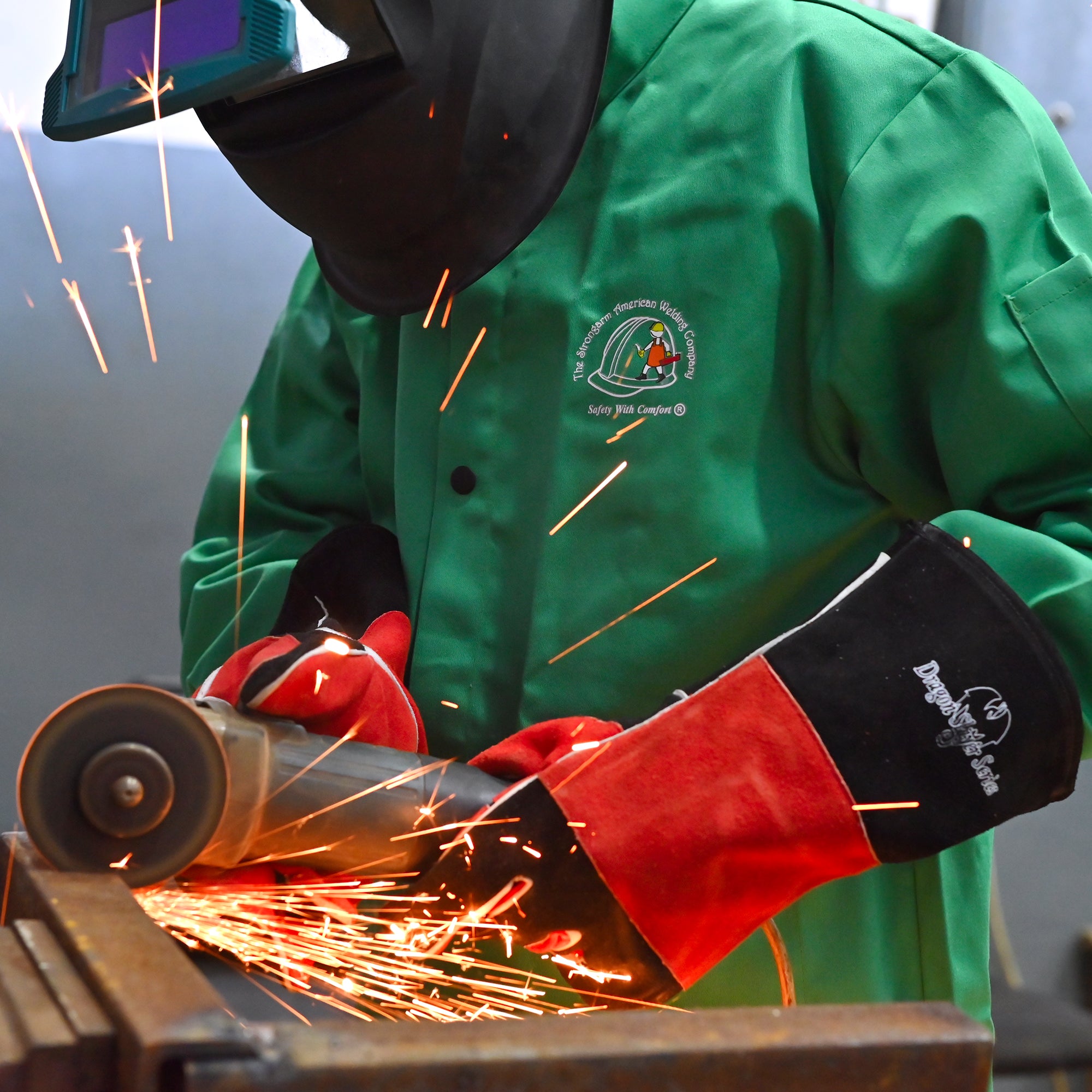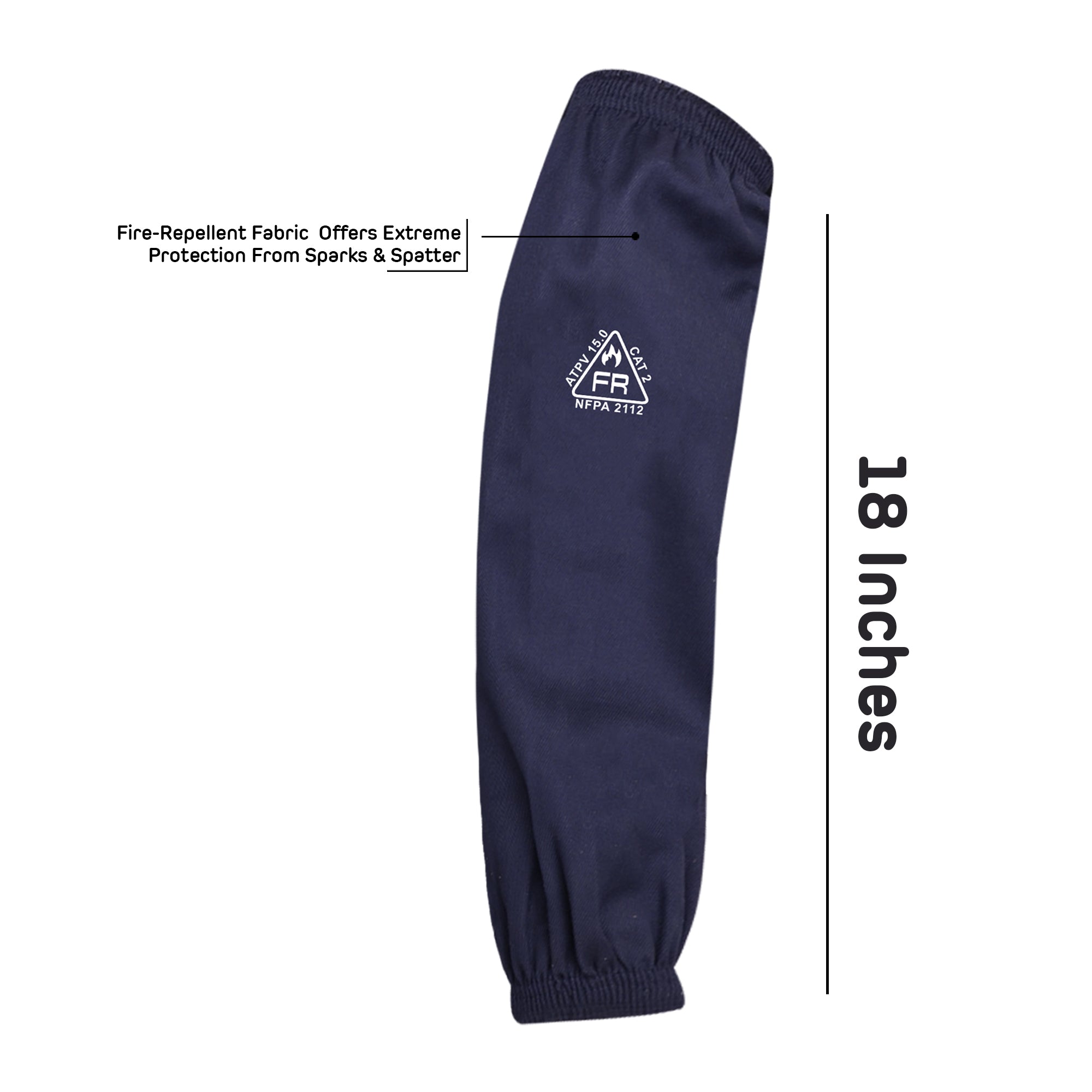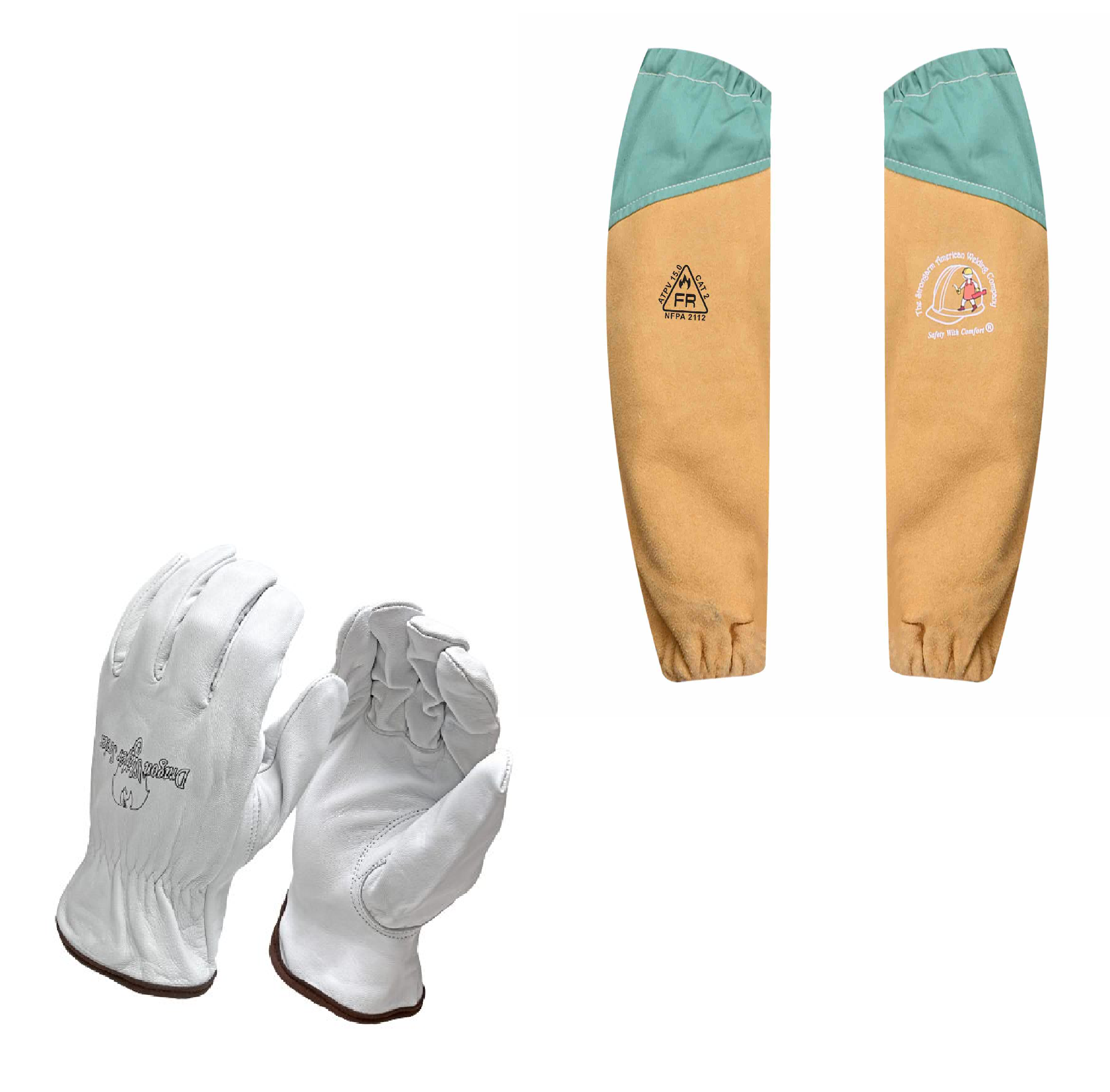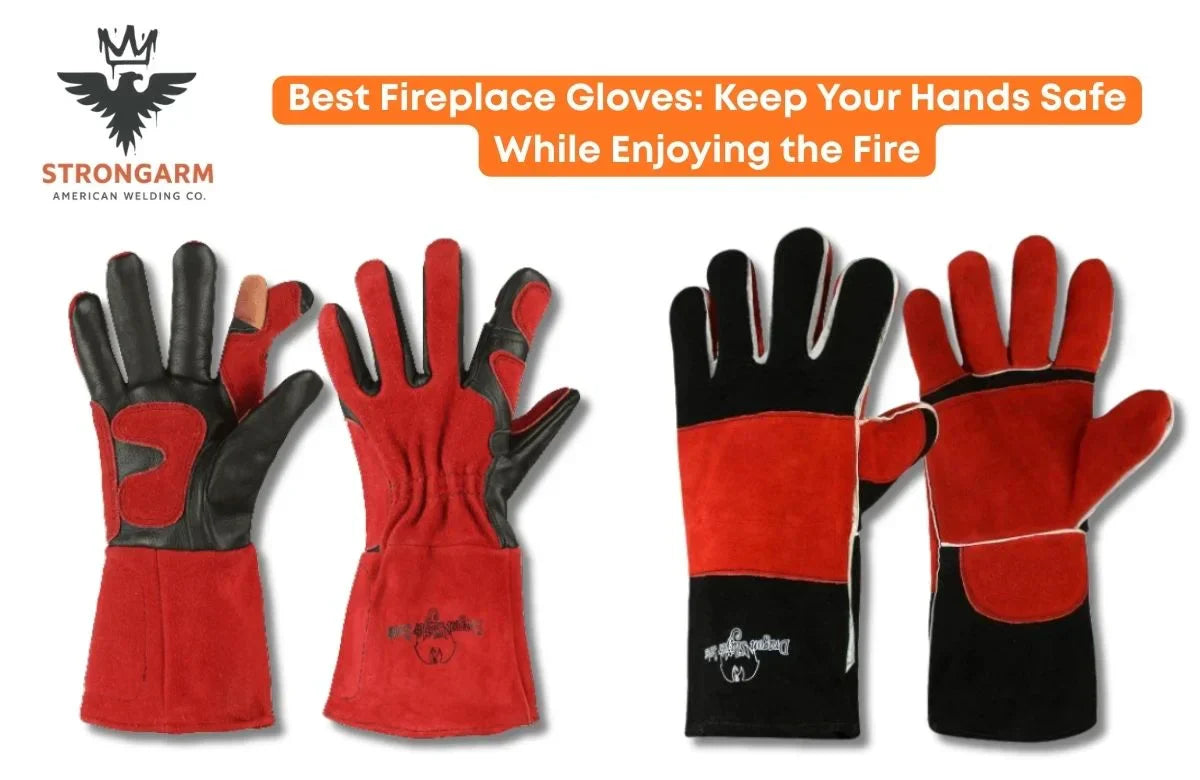Welding is a demanding trade that requires skill and the right equipment to ensure both safety and precision. Among the essential gear are welding gloves, designed to protect the welder's hands from heat, sparks, and molten metal. However, not all welding gloves are created equal. Two of the most common types are MIG (Metal Inert Gas) welding gloves and TIG (Tungsten Inert Gas) welding gloves. Each has distinct features tailored to the specific demands of their respective welding techniques. This welding glove selection guide explores the differences between MIG welding gloves vs TIG welding gloves and helps you choosing the right welding gloves
MIG Welding Gloves vs. TIG Welding Gloves
Understanding the differences between MIG and TIG welding gloves is crucial for choosing the right welding gloves. Each type of glove is designed to meet the specific demands of its respective welding technique.
MIG Welding
MIG welding involves feeding a continuous wire electrode through a welding gun, which melts to form the weld pool. An inert gas shield, usually argon or a mix of argon and CO2, protects the weld from contaminants. This relatively fast process produces strong welds, making it popular for industrial applications and heavy-duty projects.
TIG Welding
TIG welding uses a non-consumable tungsten electrode to produce the weld. The welder manually feeds a filler rod into the weld pool while maintaining a gas shield, typically argon, to protect the weld. TIG welding is known for its precision and control, making it ideal for delicate or intricate work on thinner materials.
Comparing MIG and TIG gloves
Given the distinct welding processes, MIG and TIG welding gloves have different design priorities to cater to the specific needs of each technique.
Material and Construction
MIG Welding Gloves
- Material: These gloves are usually made from tough, durable materials like cowhide, pigskin, or deerskin. These materials protect against the intense heat, sparks, and spatter of MIG welding, making them the best gloves for MIG welding.
- Construction: The gloves often feature reinforced palms and additional padding to enhance durability and heat resistance. They might also include a lining to improve comfort and protect against high temperatures.
TIG Welding Gloves
- Material: It is usually constructed from softer, more flexible materials like goatskin or kidskin. These materials offer greater dexterity, which is crucial for the precise control needed in TIG welding.
- Construction: The gloves are generally thinner and more form-fitting, allowing for better movement and tactile sensitivity. They may have minimal padding, as TIG welding produces less spatter and heat than MIG welding.
Dexterity and Fit
MIG Welding Gloves
- Dexterity: While MIG gloves prioritize protection, they offer moderate dexterity. The thicker materials and additional padding can make intricate movements more challenging.
- Fit: Typically looser and bulkier, which can sometimes compromise precision but ensures maximum protection from heat and sparks.
TIG Welding Gloves
- Dexterity: High dexterity is a key feature, allowing welders to handle the torch and filler rod precisely. The softer, thinner materials enable better finger movement and tactile feedback.
- Fit: Snug and form-fitting to enhance control and reduce the risk of accidental slips or drops.
Heat Resistance
MIG Welding Gloves
- Heat Resistance: Due to the nature of MIG welding, it is designed to withstand higher temperatures. The thick materials and reinforced areas provide excellent protection against heat and spatter.
- Insulation: TIG welding glove features a lining to improve heat insulation, keeping the welder’s hands cooler during extended welding sessions.
TIG Welding Gloves
- Heat Resistance: While still offering some heat protection, TIG gloves are not as heavily insulated as MIG gloves. The focus is on skill and control, as TIG welding produces less intense heat and spatter.
- Insulation: Minimal to maintain flexibility and tactile sensitivity.
Durability
MIG Welding Gloves
- Durability: The gloves are built to withstand the rigors of heavy-duty welding tasks. The thicker materials and reinforced areas ensure they last longer under intense conditions.
- Wear and Tear: They are more resistant to wear and tear, making them suitable for prolonged use in industrial settings.
TIG Welding Gloves
- Durability: While still durable, TIG gloves are more susceptible to wear due to their thinner construction. They are designed for precision work rather than heavy-duty tasks.
- Wear and Tear: These may need to be replaced more frequently, especially if used in conditions outside their intended purpose.
Choosing the Right Welding Gloves
Selecting the right welding gloves depends on several factors, including your welding type, your work environment, and personal preferences.
Assessing Your Welding Needs
- Type of Welding: Identify whether you primarily engage in MIG or TIG welding. You may need to invest in separate gloves for each technique if you perform both.
- Work Environment: Consider the conditions in which you work. For example, prioritize gloves with better heat resistance if you work in a high-temperature industrial setting.
- Task Complexity: Prioritize gloves with high dexterity and tactile sensitivity for intricate welding tasks.
Evaluating Material Options
- Leather Type: Choose the leather type that best suits your needs. Cowhide and pigskin are excellent for durability and heat resistance (MIG), while goatskin and kidskin are ideal for flexibility and control (TIG).
- Lining and Padding: Consider whether additional lining or padding is necessary for comfort and protection. MIG gloves with extra insulation can be beneficial for prolonged high-heat exposure, while TIG gloves features with minimal padding enhance dexterity.
Ensuring Proper Fit
- Size and Fit: Ensure the gloves fit well. Gloves that are too loose can compromise control, while those that are too tight can restrict movement and cause discomfort.
- Finger Length and Flexibility: Check that the gloves allow full finger movement and flexibility. This is particularly important for TIG welding, where precision is key.
Quality and Brand Reputation
- Brand Reputation: Go for gloves from reputable brands known for quality and durability. Brands with positive reviews and strong customer feedback are usually a safer choice.
- Warranty and Support: Consider brands that offer warranties or customer support, as this can provide added assurance of the product’s quality.
Conclusion
Finding the perfect fit between MIG welding gloves vs TIG welding gloves requires understanding each welding technique's unique demands. MIG gloves prioritize protection and durability, making them suitable for heavy-duty tasks. In contrast, TIG gloves focus on skill and precision, ideal for intricate work. By assessing your specific welding needs, evaluating material options, ensuring a proper fit, and maintaining your gloves, you can ensure that you have the right gloves to enhance your safety and performance.
Strongarm is the leading welding manufacturer and provider in America. We have a team of trusted professional welders offering a wide range of welding aprons and gears to suit your needs. Contact us today for all your weldings essentials.

